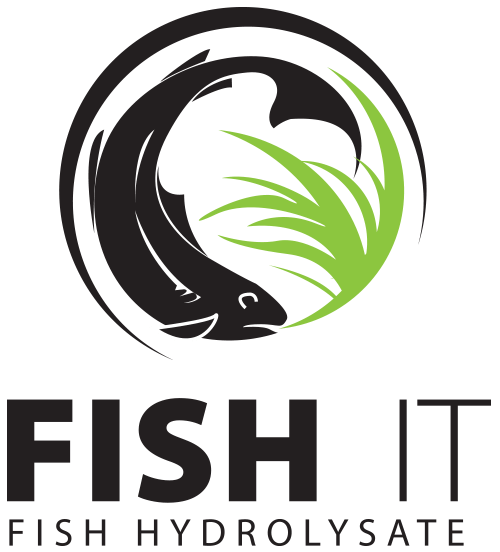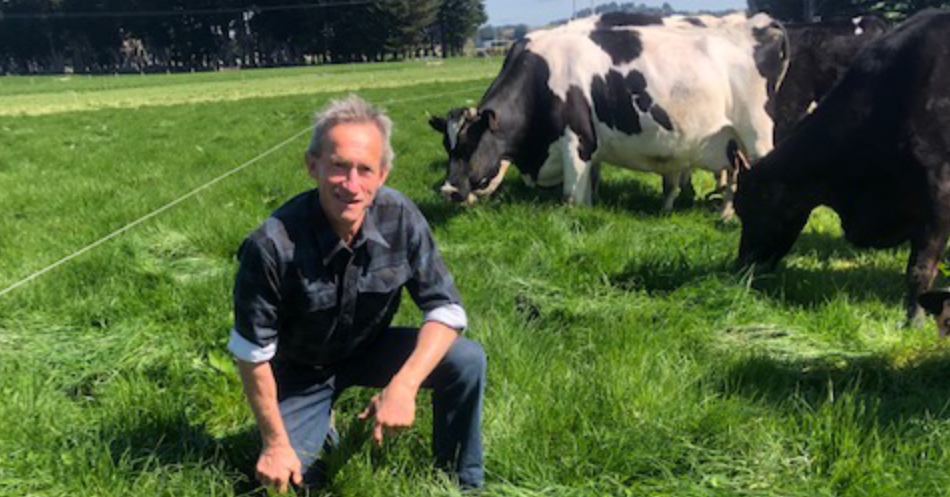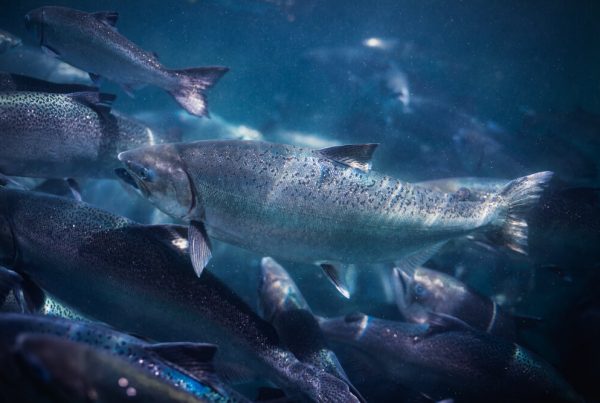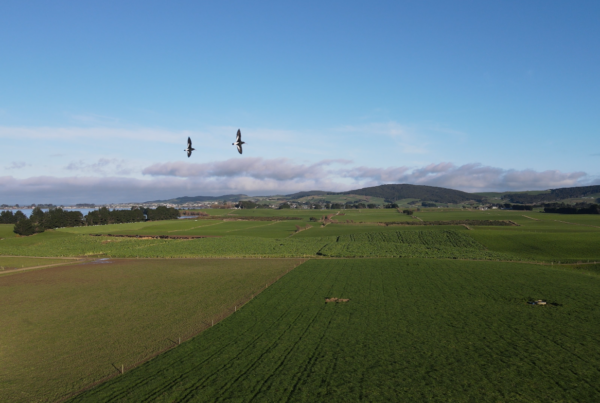Tony and Denise Zonneveld are milking 160 A2 Fresian cows off 55 hectares at Edendale in Southland. Contrary to the rest of the country, which has battled through an unusually wet winter, the Zonneveld’s have had a great winter, milking all the way through with plenty of grass to keep things ticking along.
Tony says that part of the reason they’ve been able to do this is his big focus on getting the roots of his pasture plants as deep as possible in the ground. “Getting this right gives a lot of resilience to the whole system under different climate conditions”.
”I knew from decades of sharemilking using synthetic inputs, that you are always chasing grass growth and animal health problems.
Tony ZonneveldSouthland Dairy Farmer
It’s Biology At Work
“That’s why I’m so enthusiastic about utilising biology. I’ve found it’s all about getting the soil to do its own work by feeding it right. If we don’t look after it, it needs medication – just like the human body. If we do look after it, feed it right, we prevent having to treat issues, and that flows through to the stock too.”
The Zonneveld’s are natural innovators, and when they moved out of sharemilking and onto their own block in 2008, Tony saw an opportunity to do things differently. “I knew from decades of sharemilking using synthetic inputs, that you are always chasing grass growth and animal health problems.” He says they were always battling with cow herd health, particularly mastitis but other general ill health issues too.
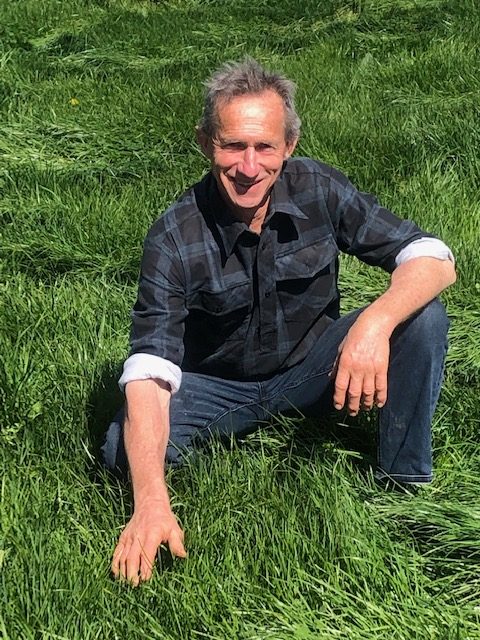
“Our vet bills were horrendous – just always fighting animal health.” That is no longer the case. “I would say that now I have the lowest animal health expenditure in our vet club. And we get very low factor systemic cell counts in our milk without even trying – it’s just what we feed them. High quality nutrition.”
Tony believes one of the great things about Fish IT is the Omega oils. “You can just see the glossy pasture thriving.” He says they never top paddocks now because the grass utilisation is so good that the cows clean up the paddocks. “I can’t stop the cows eating it. Then three to four days after grazing the regrowth in the paddock is this fluorescent green colour – it’s beautiful to see!”.
Tony’s Toolkit
He also applies RPR and trace elements, basing it on the results of soil tests, and effluent over the whole milking platform. He’s been applying aglime as required but as a next step, and true to his innovative nature, is looking at using oyster shell lime from Bluff instead. He is adamant that anything from the sea is great for the soil. Tony keeps urea in his toolkit in case it is needed but says he doesn’t use it every year and is using less all the time as the biology of his soil gets better and better. “I won’t be using any this year.”
He also doesn’t feed any supplementary grain to his cattle. “I don’t’ need to,” Tony says. “We have averaged 1500-1600 kg milk solids per hectare over the last four years. Per cow it is 450-470. So we are easily competing with the grain fed guys on straight pasture and silage.” “I just think why not invest in your soil and grow quality grass.” They have had the nutrient density of their pasture measured and it came out at 7 compared to a normal average of around 4. “We’ve had scientists out here taking an interest in what we are doing and why our nutrient density is so good.”
”We have averaged 1500-1600 kg milk solids per hectare over the last four years. Per cow it is 450-470. I just think why not invest in your soil and grow quality grass.”
Tony ZonneveldSouthland Dairy Farmer
Advice For Starting The Journey
We asked Tony what advice he would give to other farmers interested in trying a different programme and starting to incorporate biology in the toolkit. “I would say do a portion of the farm and you’ll see the difference. Changing the whole system can be quite daunting.” “I would also say get a support system around you to avoid too many mistakes. We always have a few mistakes when we try something new, but if you learn about the products and what combinations work for your situation, then you’ll get the maximum value for your spend.”
Tony says they are very happy with their current programme. “We are always looking for something extra but we are onto a really good recipe now.” “Other people are doing these programmes too and we are sharing the knowledge and getting the results. It makes farming easier and less stressful. You look out the window and you have got grass and content animals.”
Nitrogen Reduction – It’s Time To Change
In summing up Tony said that he believes biologics are the way to keep out of trouble for compliance in the changing farming environment. “We are better off to get off that mainstream track and try the biological system because we are going to be forced into it anyway with the high costs of traditional fertilisers and new compliance issues. But people need coaching. We need more consultants on the ground who know this stuff.”
“It’s time to change,” he says. “This is the opportunity for natural products to shine.”
